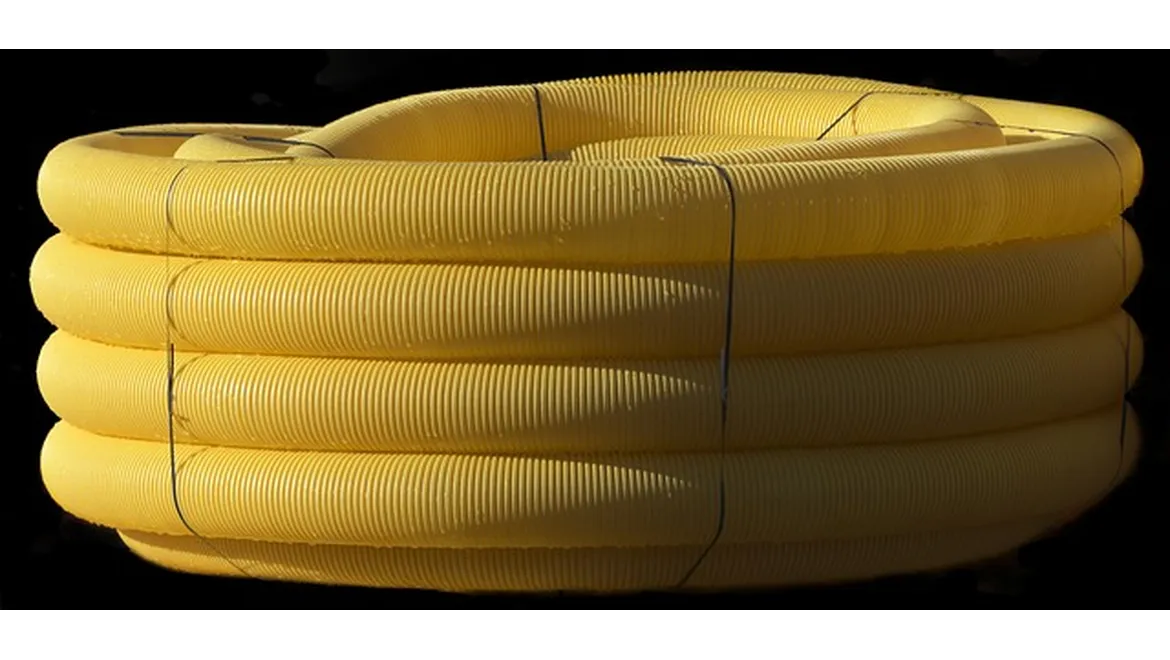Right, let’s talk damp. It’s the bane of many a building project, and when you’re investing in a beautiful orangery or outbuilding, the last thing you want is moisture creeping in and causing havoc. I recently buried myself in the details of damp-proofing, particularly the crucial role of drainage, while researching articles on orangery and outbuilding construction. One piece that really stood out focused solely on drainage – a deceptively simple subject with profound implications. I’m going to share my insights and, hopefully, give you some practical takeaways for your own projects.
First, let’s consider the broader context. When planning an orangery or outbuilding, we’re juggling several balls: choosing materials that complement the existing property, figuring out the best heating solutions, ensuring security, navigating planning permissions (especially tricky with listed buildings!), and, of course, adhering to building regulations. Amidst all this, damp-proofing can sometimes feel like an afterthought. Big mistake! It needs to be integrated into the design from the outset.
That article I mentioned honed in on the often-overlooked hero of the hour: drainage. The core message? Effective drainage is your first line of defence against damp penetration. Imagine a beautifully crafted orangery, but the rainwater just pools around the base – disaster waiting to happen. The piece meticulously explored different drainage systems, and I’ll break those down for you.
Surface Drainage: This is the most basic and, frankly, often the most overlooked. We’re talking about ensuring proper grading around your structure. The ground should slope away from the building, encouraging rainwater to flow away naturally. This prevents water from collecting near the foundations and seeping in. A simple but effective starting point. Think about adding channels to direct water from hard surfaces such as paths and patios.
Subsurface Drainage: Now we’re getting serious. This involves installing perforated pipes beneath the ground surface to collect and redirect groundwater. It’s especially important in areas with heavy rainfall or poor soil drainage. If you’re building on clay soil, for example, subsurface drainage is pretty much essential. Consider consulting a groundworks specialist to assess your soil conditions and recommend the appropriate system. Installation usually involves digging trenches, laying the perforated pipes (wrapped in a geotextile membrane to prevent silt clogging them), and backfilling with gravel. The pipes then connect to a suitable outfall, such as a soakaway or a mains drainage system.
French Drains: These are a specific type of subsurface drainage, and a very useful one at that. A French drain is essentially a trench filled with gravel that allows water to percolate through and drain away. They’re particularly effective for managing rainwater runoff from roofs and preventing waterlogging in gardens adjacent to your orangery or outbuilding. A proper French drain should include a geotextile membrane lining the trench to prevent soil from clogging the gravel. The size and depth of the trench will depend on the amount of rainfall and the soil permeability, so do your homework!
Maintaining Your Drainage Systems: This is where many people fall down. You can install the best drainage system in the world, but if you don’t maintain it, it’s going to fail. Regular inspection is key. Clear away leaves, debris, and any other obstructions that might be blocking the drains. For subsurface systems, consider having them professionally cleaned every few years to remove any silt or sediment build-up. This might involve using a high-pressure water jet to flush out the pipes. Remember, prevention is always better (and cheaper!) than cure.
Beyond drainage, remember the basics of damp-proofing. A damp-proof course (DPC) is crucial, as is ensuring proper ventilation to manage condensation. Think about the materials you’re using, too. Are they naturally water-resistant? Do they need to be treated? All of this works together to keep damp at bay.
So, where does all this leave us? Well, effectively managing rainwater runoff from your building, whether it’s a grand orangery or a simple garden outbuilding, depends on a holistic strategy. This starts with carefully designing your site to direct water flow, installing appropriate drainage systems like subsurface or French drains if necessary, and then, absolutely crucially, maintaining those systems to ensure their long-term effectiveness. Neglecting any of these can result in costly and frustrating damp problems down the line.


